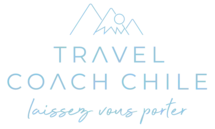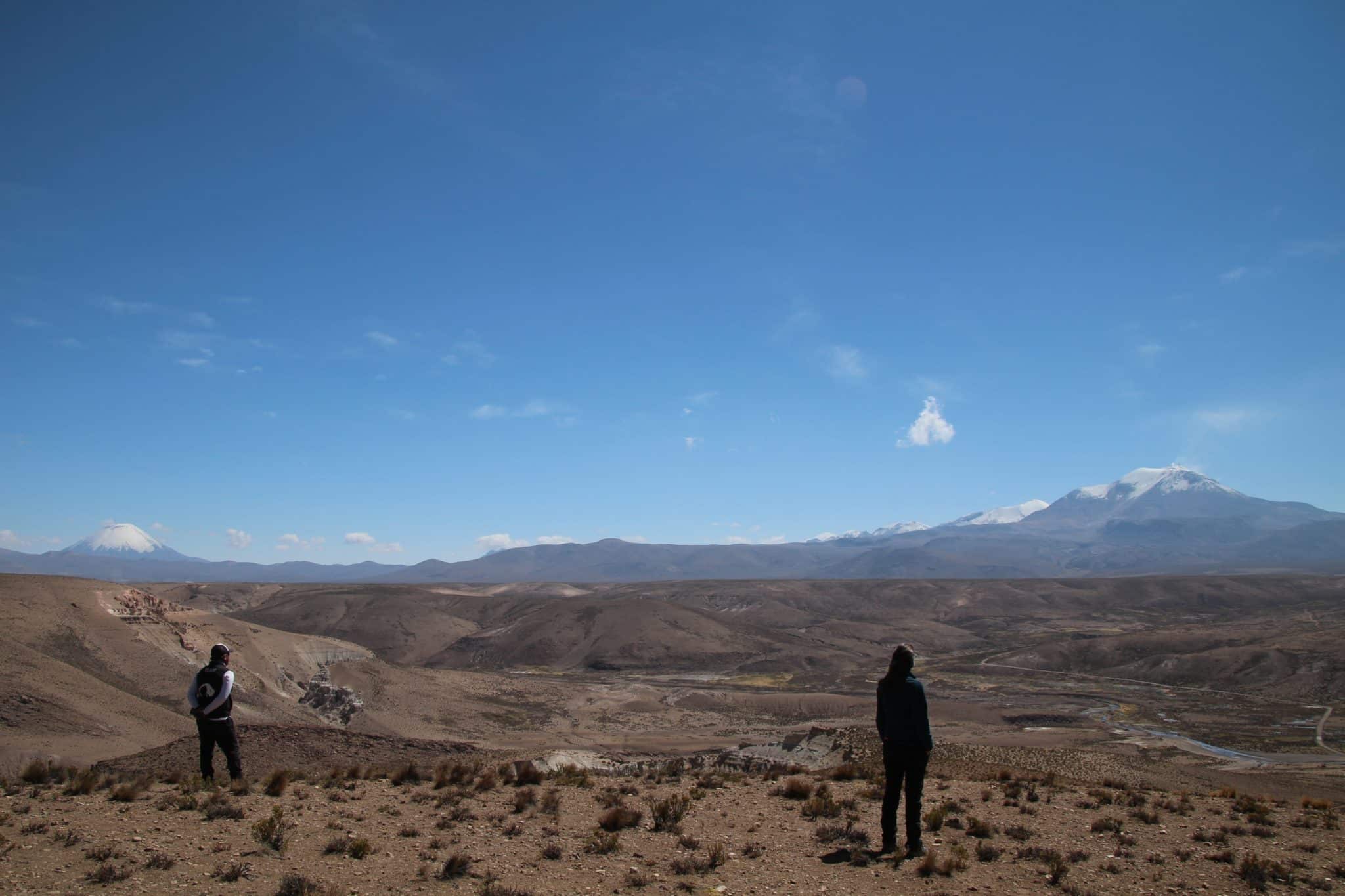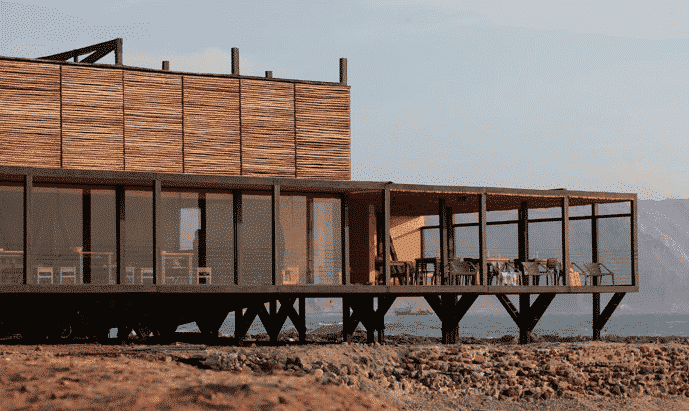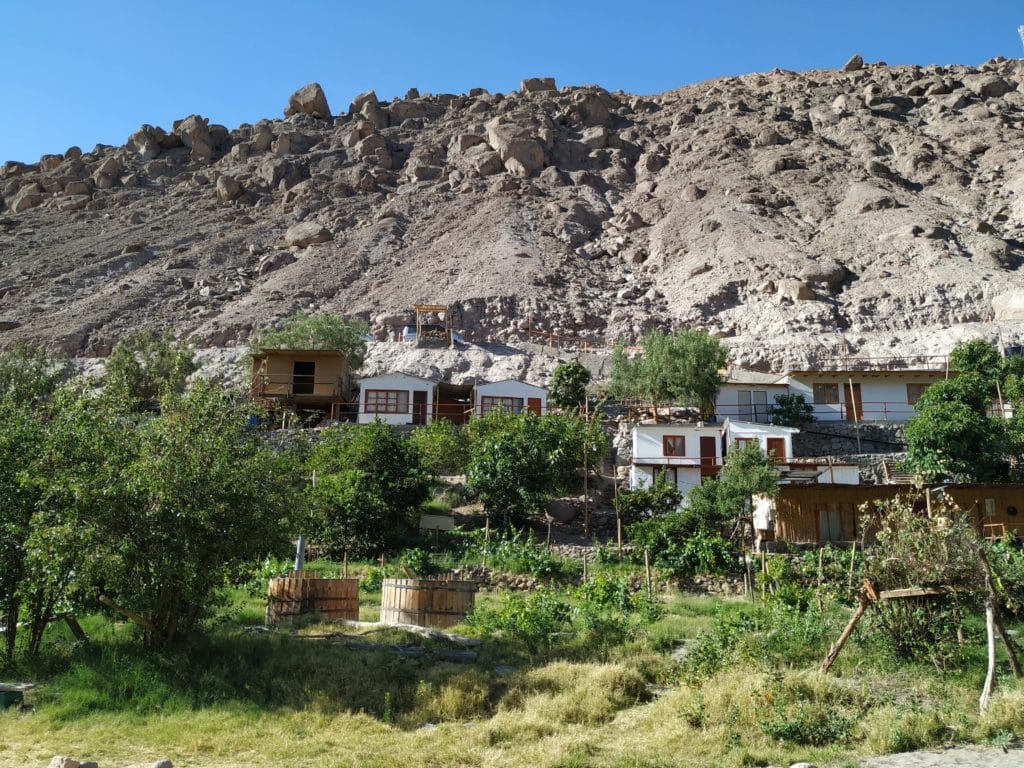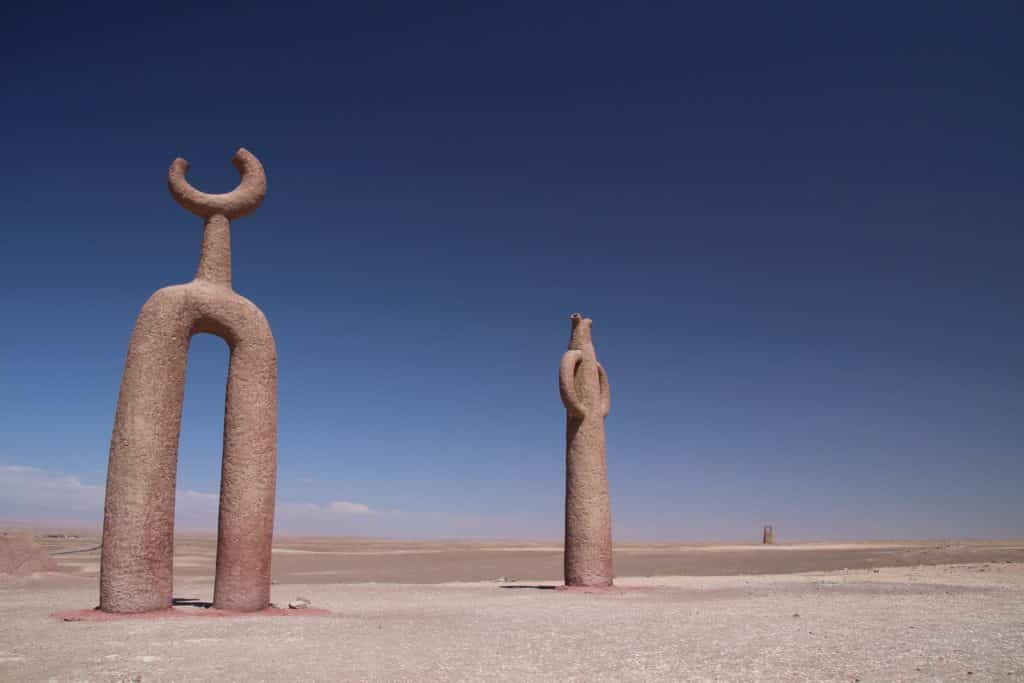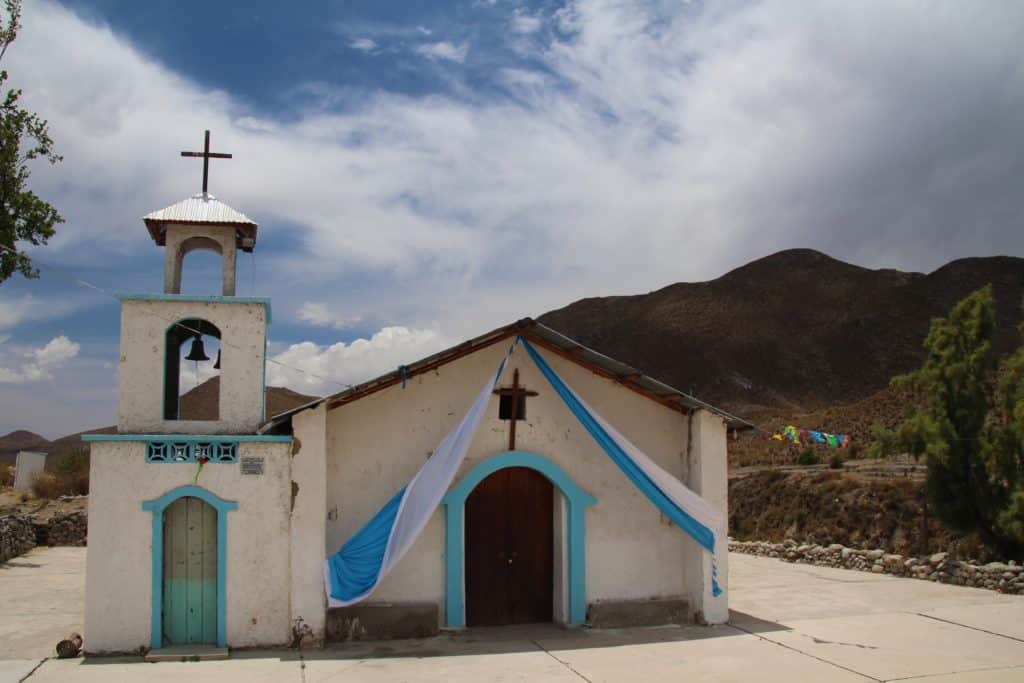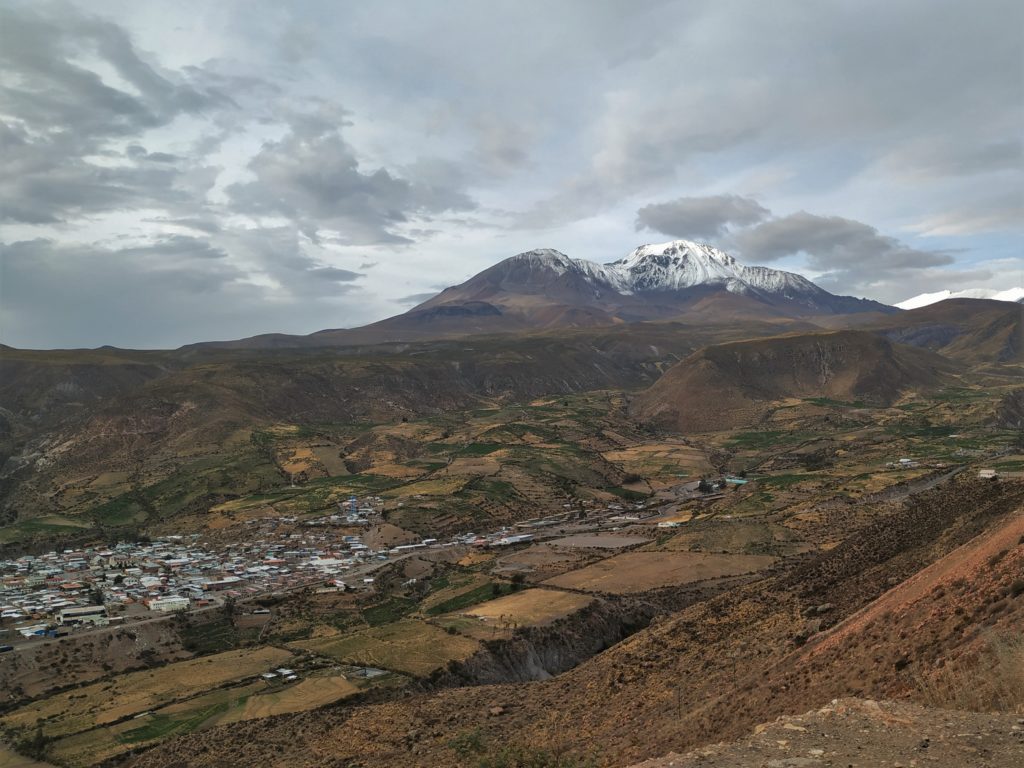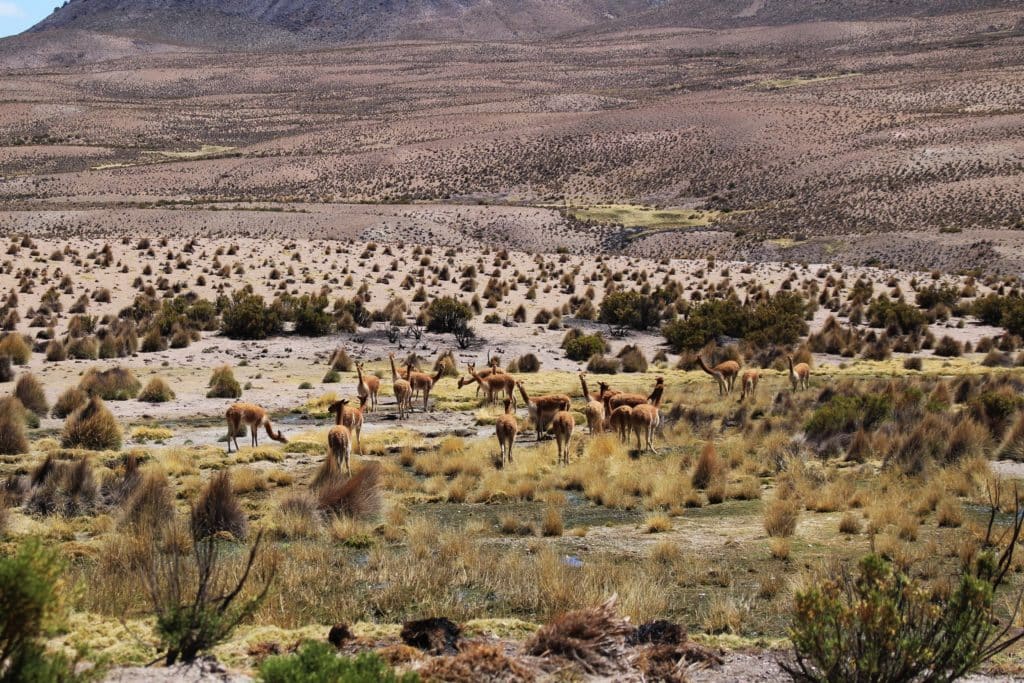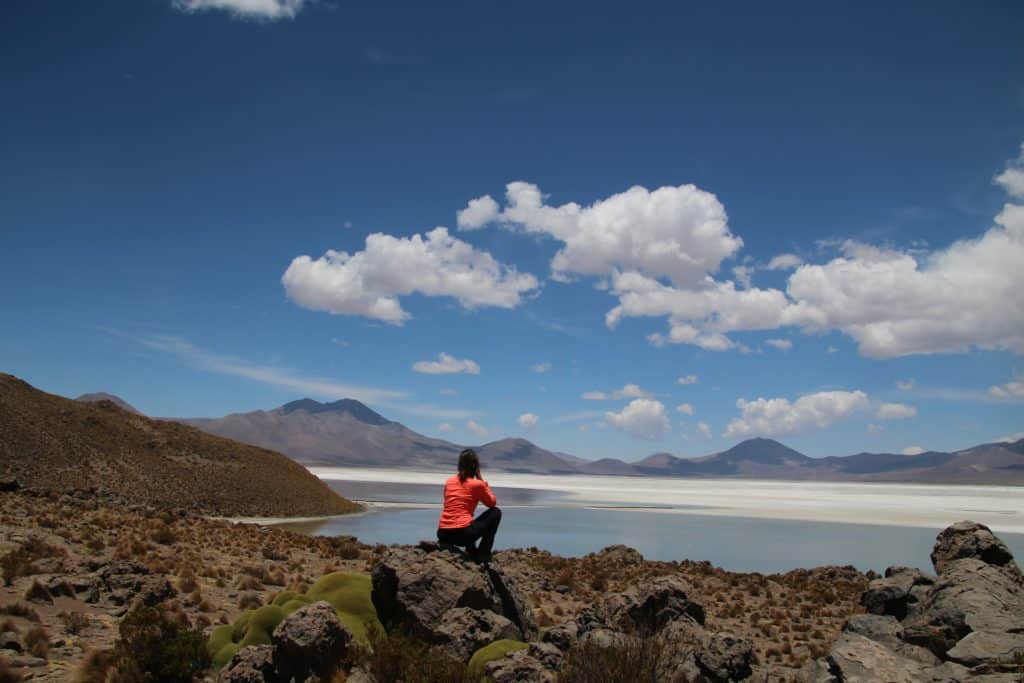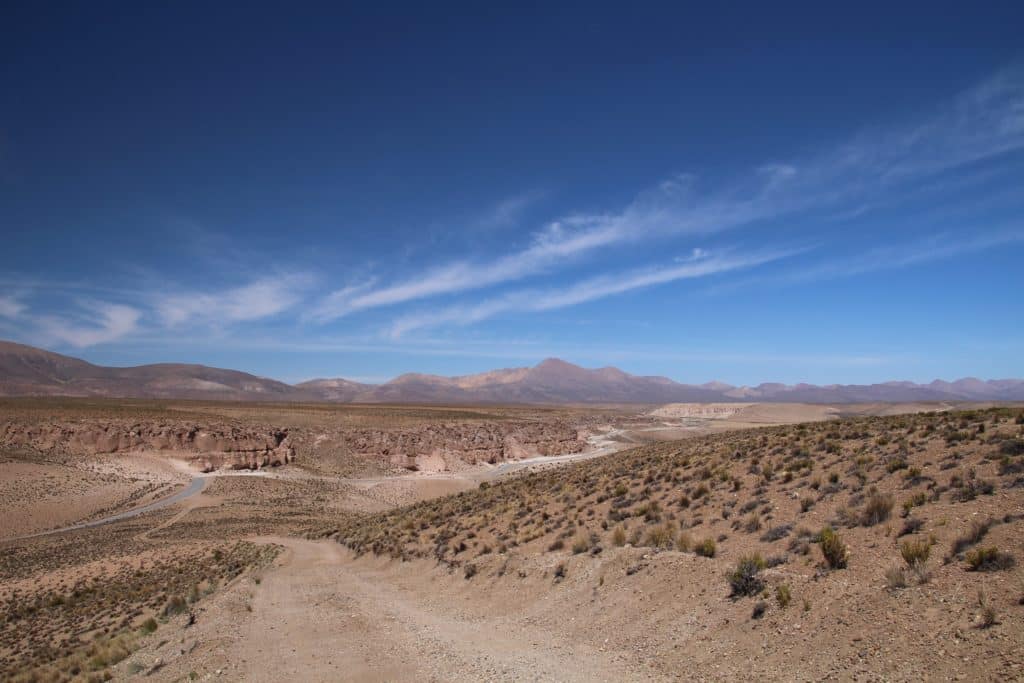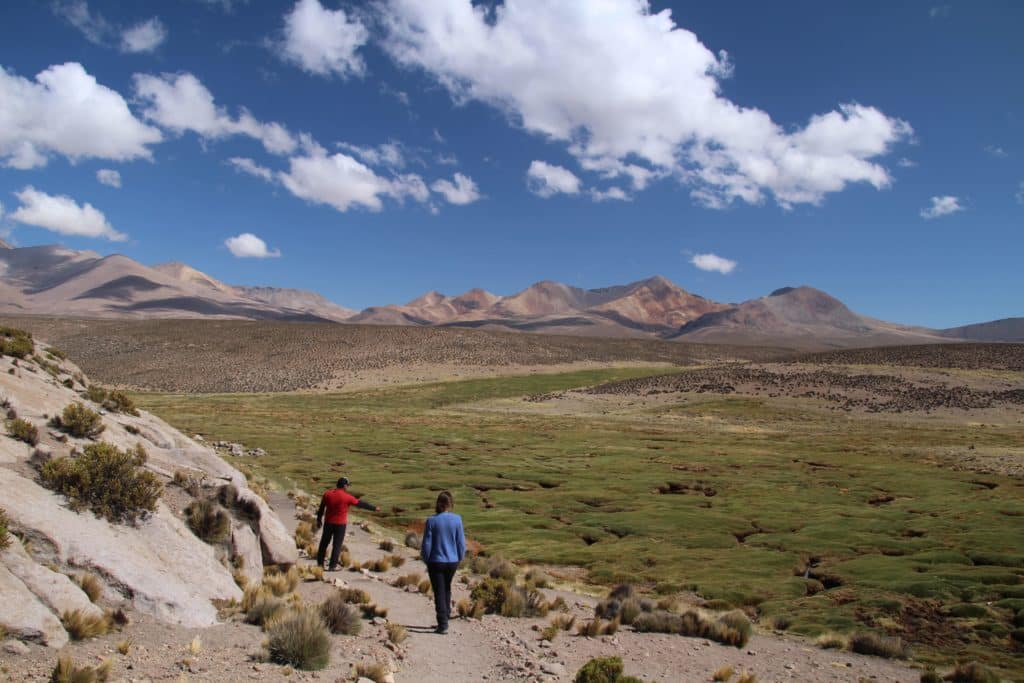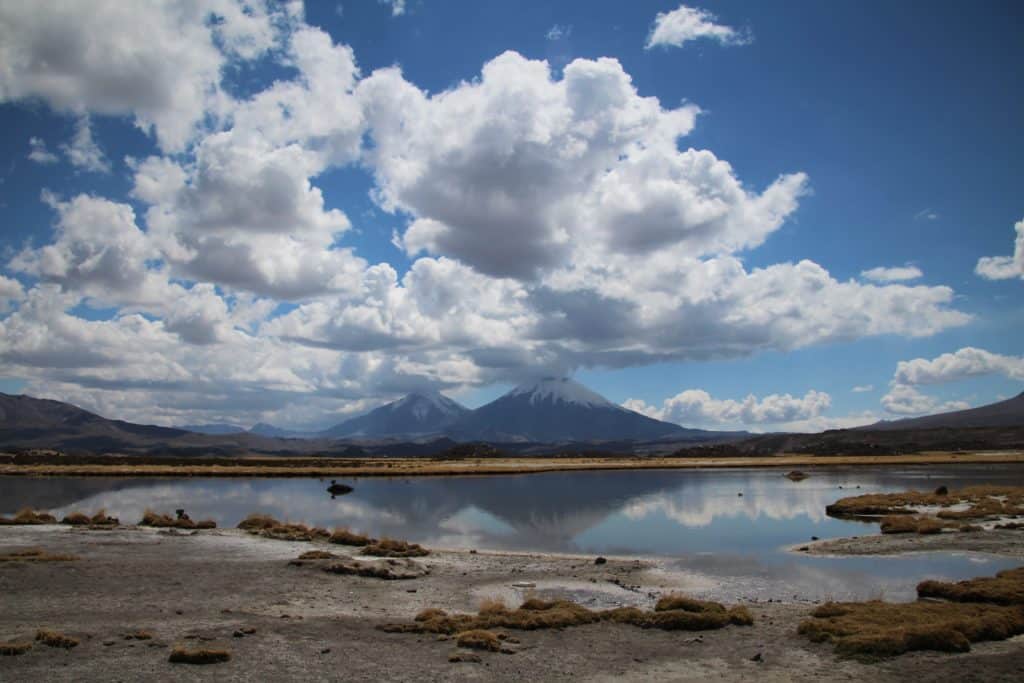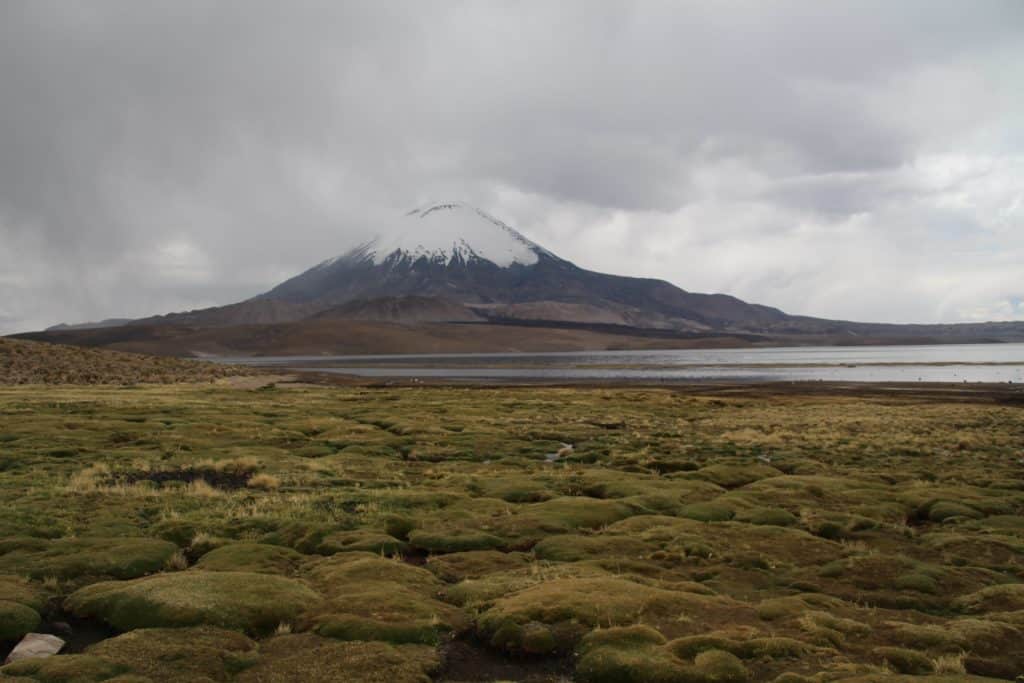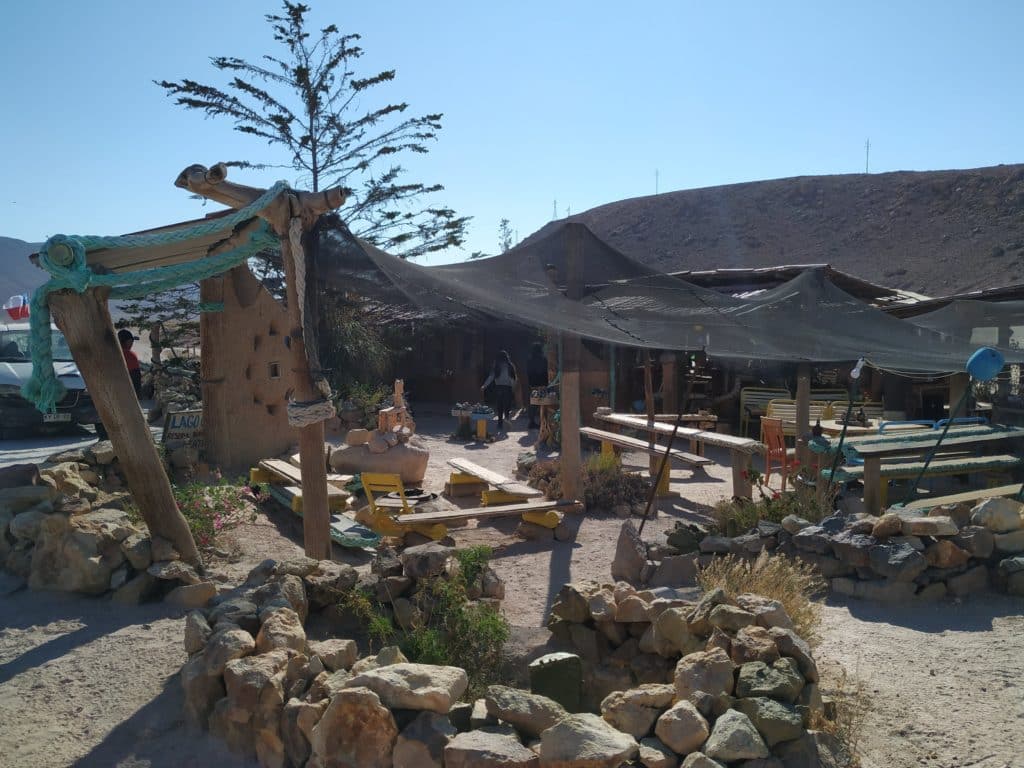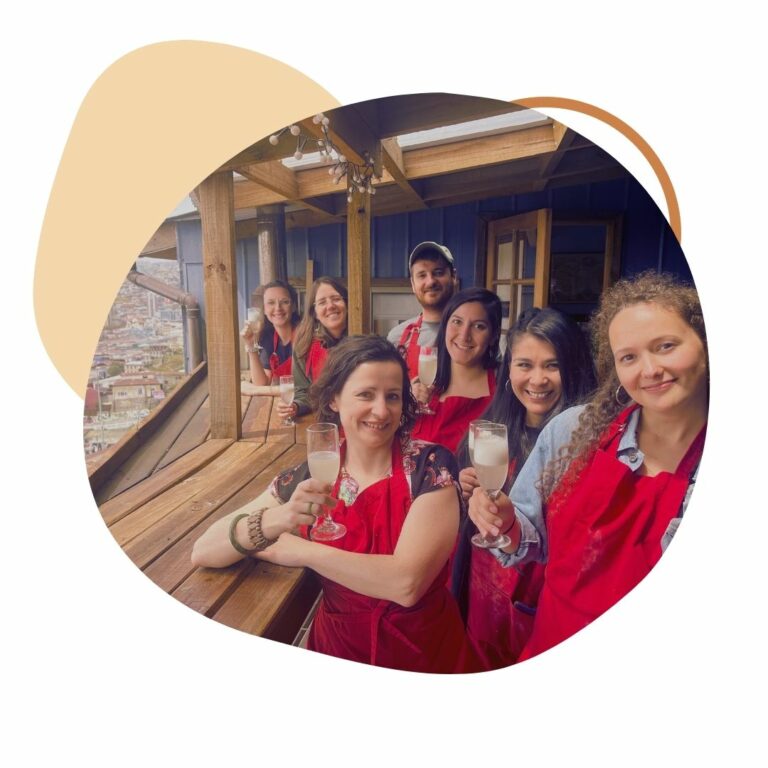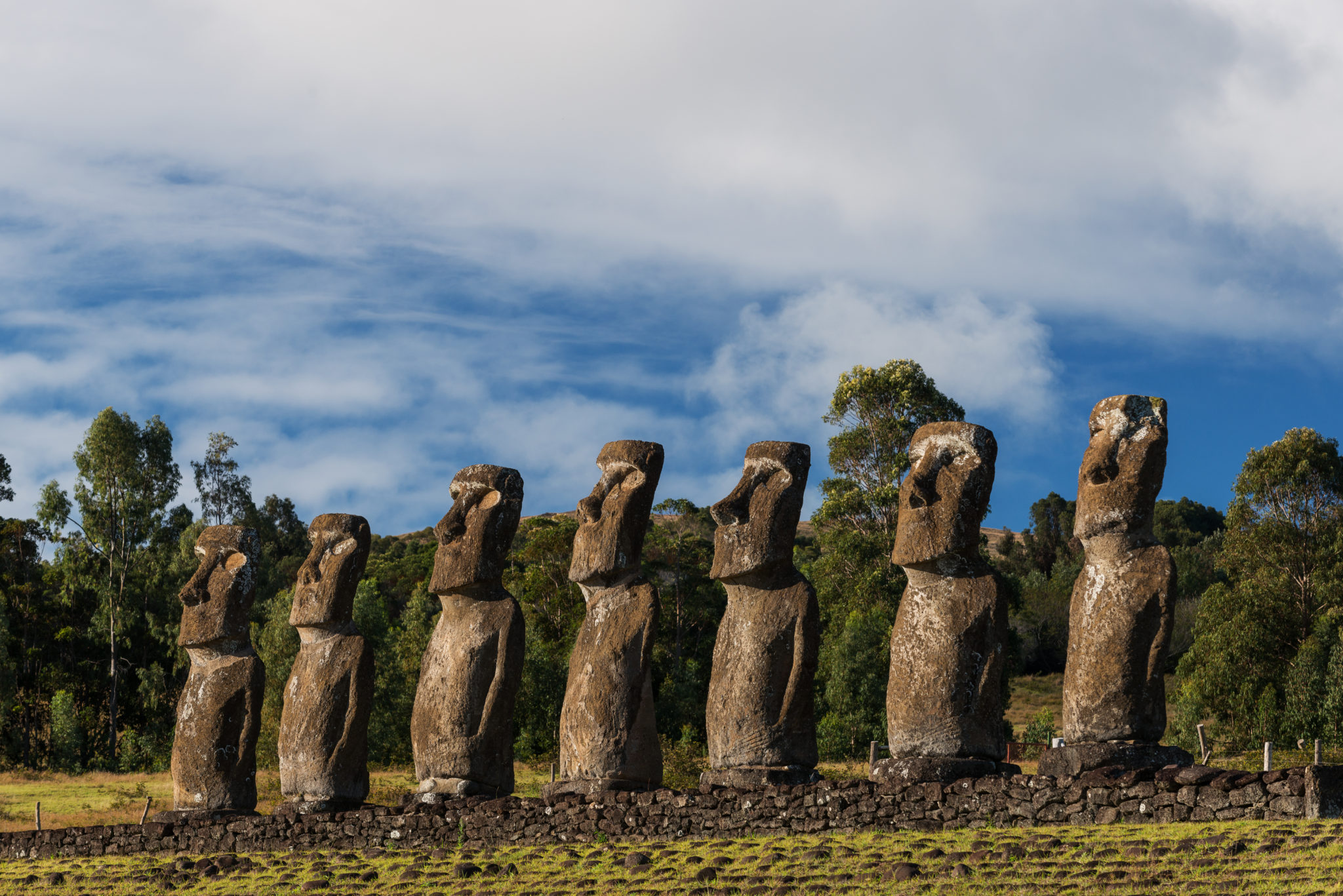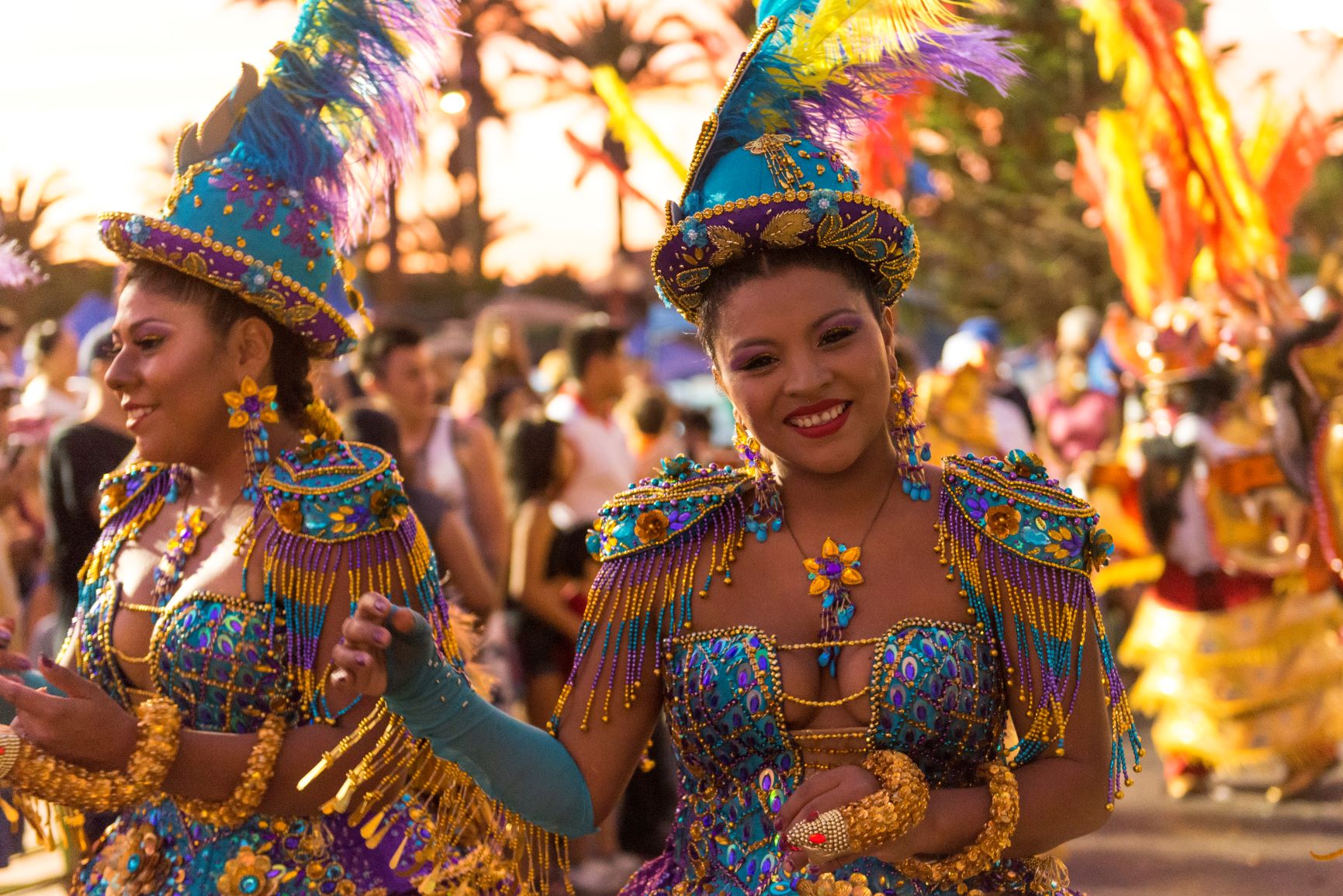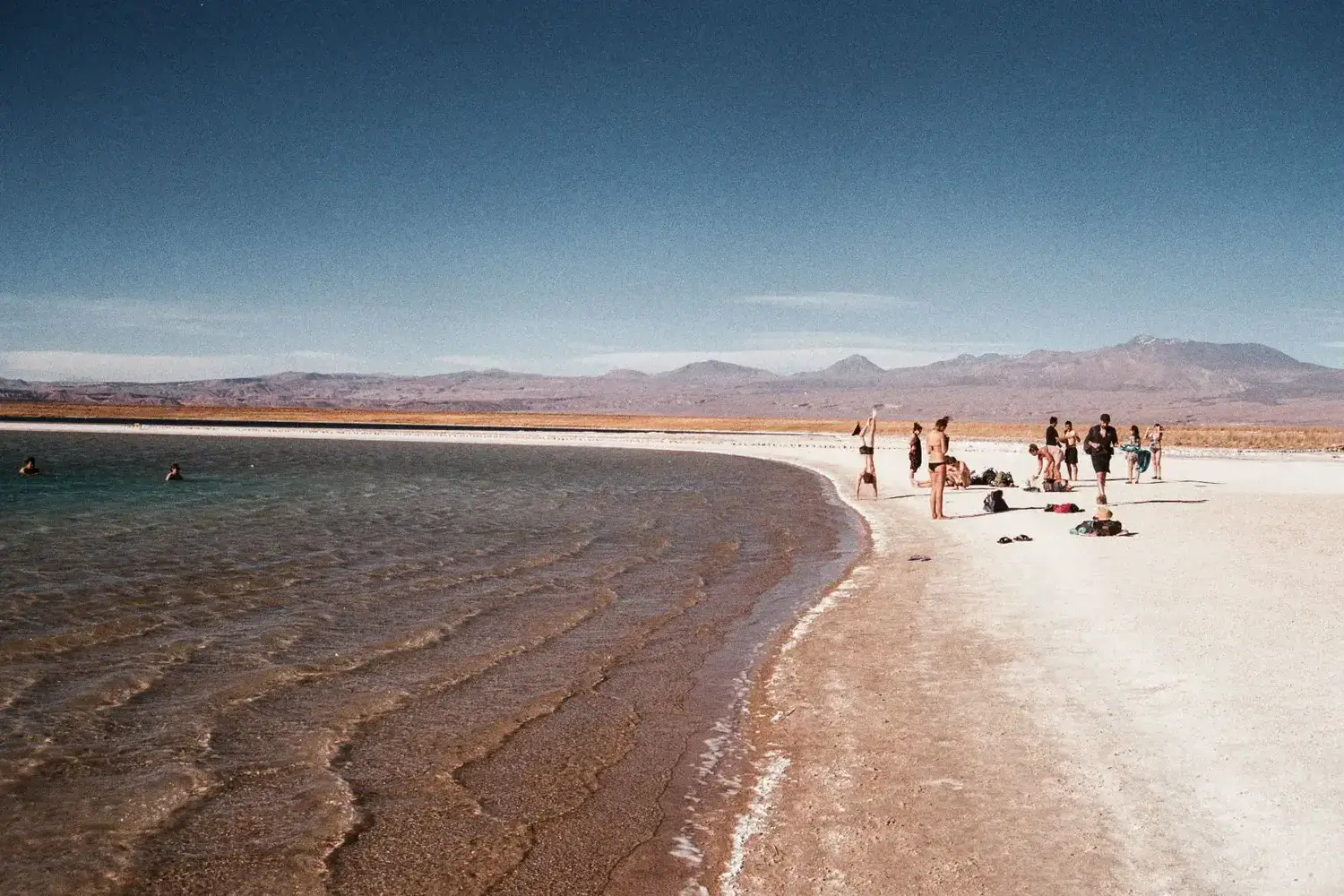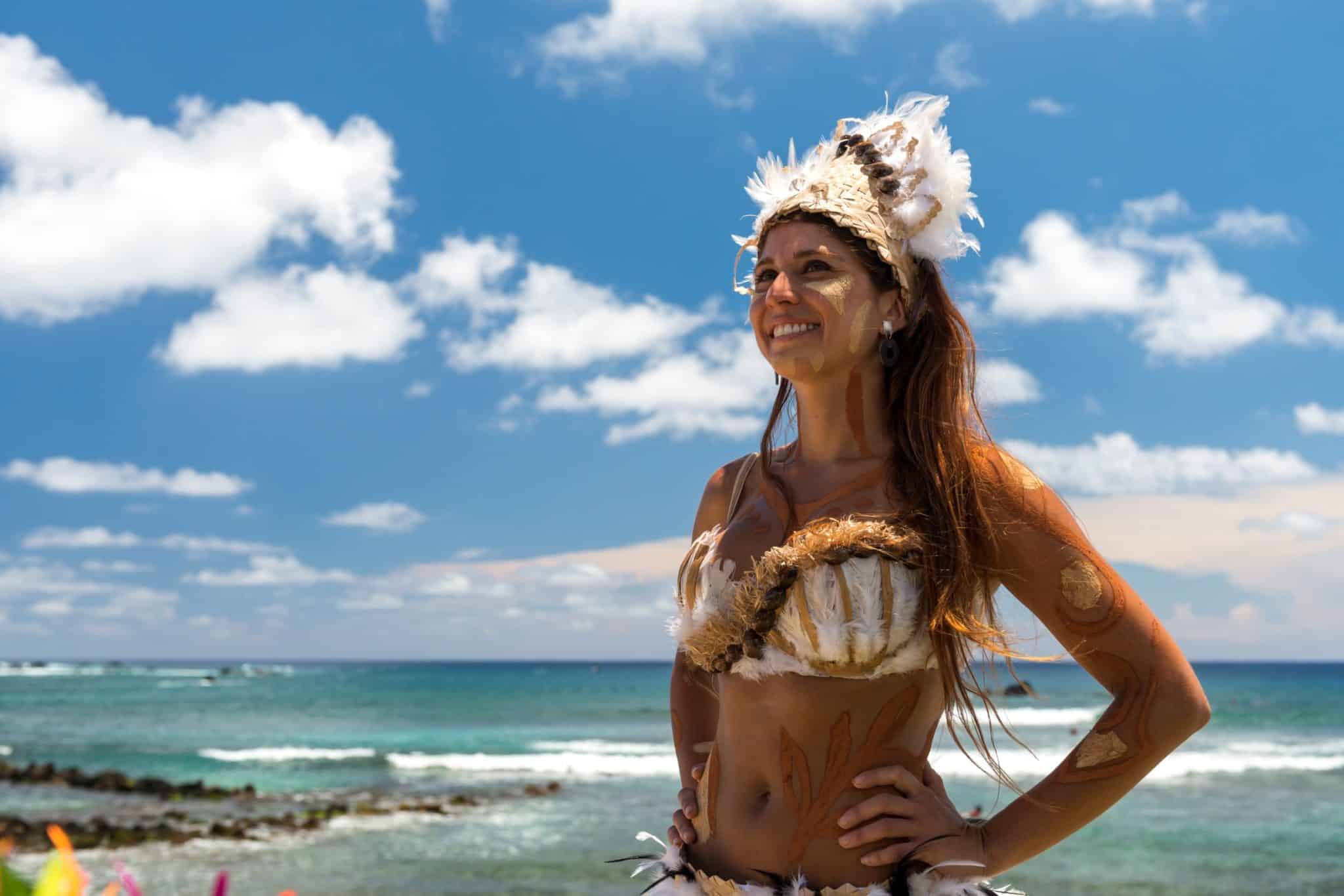As we are still not yet able to explore new destinations as freely as before, we hope your inner traveler will be inspired by this blog post in the meantime, which we have put together thanks to our old photos. Going back through our 2019 albums, we immersed ourselves in a destination far from mass tourism, exotic and unusual: the region of Parinacota and Arica. At TravelCoachChile, we strive to offer alternatives to the classic tours such as San Pedro de Atacama or Torres del Paine. For those who are longing for wide open spaces, cultural discoveries, and above all authenticity, the choice of the Far North is an obvious one.
Head to the Far North for a travel experience filled with local colors and off the beaten track!
